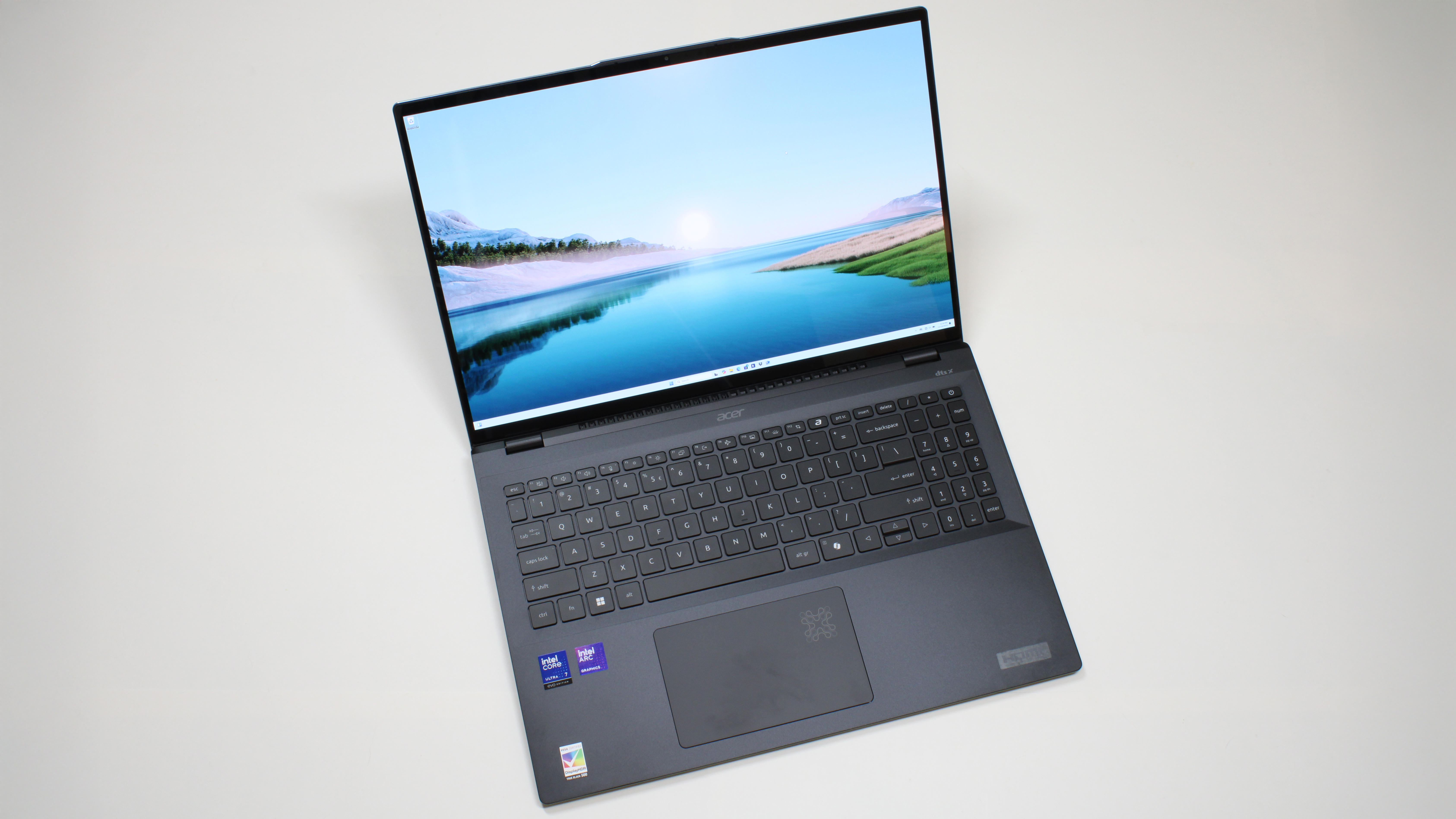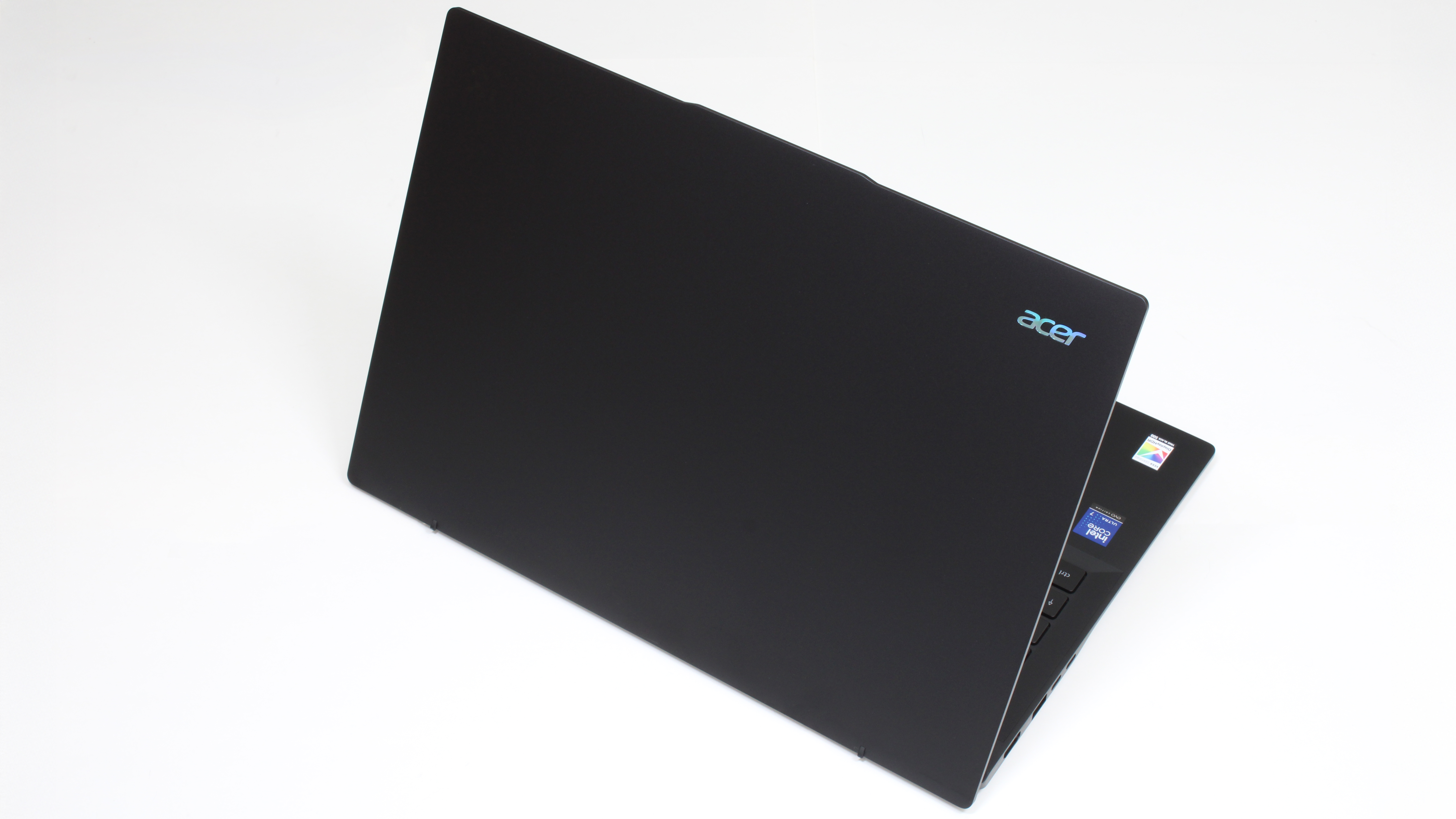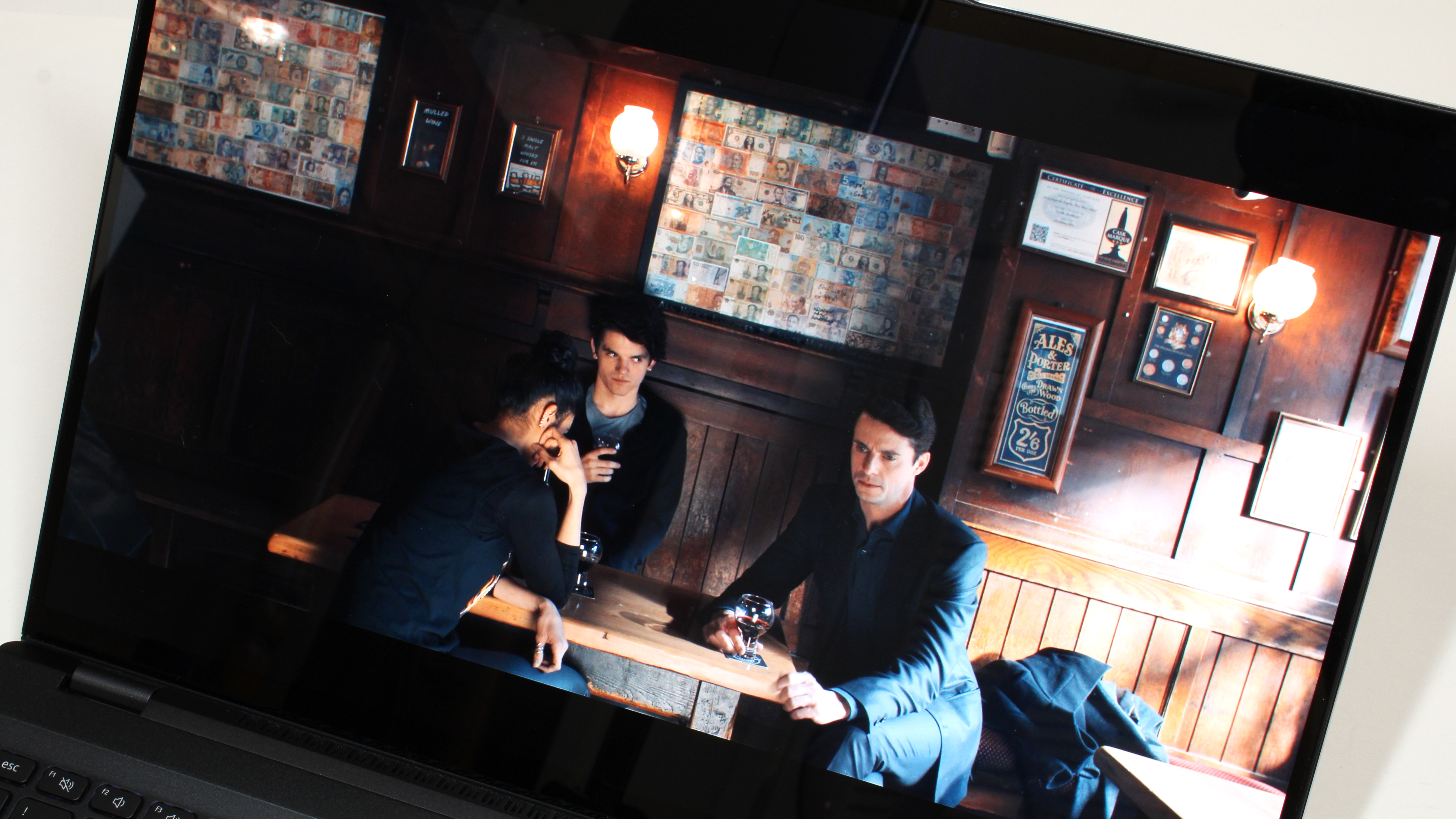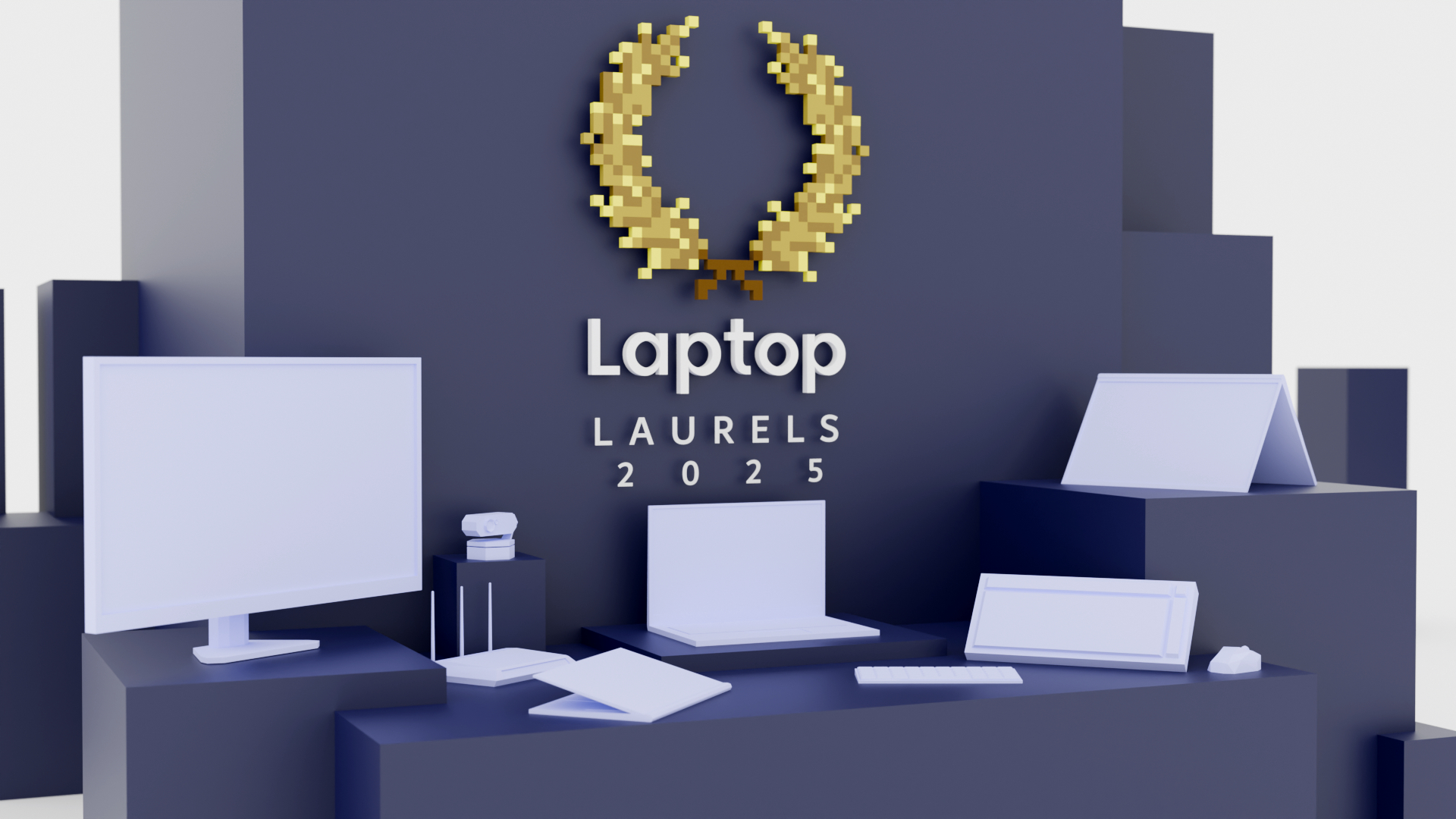Sometimes a "no-compromise" laptop comes with too many compromises
The Acer Swift 16 AI needed one killer feature to make it stand out

When I look at the buying guides I’ve curated for Laptop Mag, nearly every best laptop has at least one glaring drawback floating in a sea of stellar features. Even if those laptops are more expensive, one or more of those features can be worth the extra cost if they are too awesome to ignore. So, when I feel underwhelmed by a laptop, it’s usually because it’s trying to appeal to a general audience.
That’s how I feel about the Acer Swift 16 AI (Intel). It performs well but is not the best for heavy multitaskers. It has a long battery life, but it’s not the longest. It’s thin and light for a 16-inch laptop but still a little awkward to handle. It’s competitively priced, but so are other laptops in its class — that have better performance, battery life, or a better design.
True balance is hard to achieve on a laptop; one feature needs to be compromised to make another stand out enough to make it appealing. But compromising a little of every feature for the sake of balance makes for a lackluster laptop — and the Acer Swift 16 AI has compromises in nearly all its features.
Display and battery compromises
OLED displays are generally an automatic feature in high-end laptops today, especially ones with high resolutions. They produce stunning colors and sharp and detailed images, so who wouldn’t want one on a laptop? But they are power-hungry. I’ll dive into the Acer Swift shortly, but first, I want to set the stage with the Dell XPS 14 OLED we reviewed in April 2024.
Its battery lasted 9 hours and 35 minutes in our tests, while the IPS model lasted a little over 10 hours. 25 minutes of battery life isn’t that much of a loss, but Laptop Mag performs its battery rundown test the same way on every laptop (with the display set to 150 nits of brightness); it’s clear OLED uses more energy to emit the same amount of light as IPS.
Power efficiency is even more important for a 16-inch laptop like Acer’s Swift 16 AI
They also don’t get as bright, a common criticism of OLED, as many laptop companies offer both IPS and OLED options. Don’t love the XPS 14’s 377 nits of brightness? The IPS version can handle 461 nits. Some companies like Dell have started to address the issue by using tandem OLED displays in their devices, but double OLED panels mean more battery drain; Dell’s non-OLED XPS 13 lasted 18 hours and 34 minutes in our tests, while the OLED model managed just 8 hours and 40 minutes, a massive decline for just 20 extra nits over the IPS model.
Power efficiency is even more important for a 16-inch laptop like Acer’s Swift 16 AI since a larger screen uses more battery power. It lasted just under 13 hours in our battery test (the average for premium laptops), so there wasn’t wiggle room to make its 384-nit display brighter without making its battery life less competitive. An IPS display would have made sense as another option, but perhaps Acer didn’t want to saddle its high-end (and only 16-inch) Swift laptop with a display commonly associated with cheaper laptops.
Sign up to receive The Snapshot, a free special dispatch from Laptop Mag, in your inbox.

Battery and design compromises
The biggest factor impacting battery life is its size, which in turn is affected by the design of the laptop. Example: the 16-inch Swift has a 69 Watt hour (Wh) battery, but the 14-inch Swift I reviewed has a 65 Wh battery. Other things beyond a laptop’s design are considered when companies decide how large of a battery it needs, of course — but the design is a major factor, especially if a company wants to make the thinnest and lightest laptop possible.
trading two hours of battery life for an incredibly bright OLED display in a wildly slim chassis is worth it.
The Acer Swift 16 AI is 0.39 inches at its thinnest point and 0.69 inches at its thickest, but companies like MSI and Asus figured out how to make slimmer 16-inch laptops with much larger batteries inside. MSI’s Prestige 16 AI Evo has a 99.9 Wh battery and gets just over 13 hours of battery life (its 4K display resolution is higher than the Swift’s 3K). Asus’ Zenbook S 16 has a 78 Wh battery in a chassis that’s 0.47-0.51 inches thick and a 3K OLED display with a max brightness of 458 nits. It gets under 11 hours of battery life, but trading two hours of battery life for an incredibly bright OLED display in a wildly slim chassis is worth it.
Naturally, cost was another factor driving Acer’s decisions on the specs. It might have pushed the laptop out of even more people’s budgets. However, considering that other companies have proven it’s possible to stick a high-capacity battery inside thinner laptops, this could have been the easiest way for Acer to stand out, even if it didn’t change the Swift’s dimensions.

Performance and battery compromises
Acer doesn’t have a say in how chipmakers design their processors, but it can choose which ones it wants to put in its laptops. Potential buyers have their pick of either an AMD, Intel, or Qualcomm chip in any of the 14-inch Swift AI laptops, which is nice — but the 16-inch is only configured with an Intel Core Ultra 200-series chip.
Acer doesn’t have a say in how chipmakers design their processors, but it can choose which ones it wants to put in its laptops.
I am not a fan of Intel’s Lunar Lake chips. Their multicore performance is slower than what I need as a heavy multitasker (and slower than its direct competitors), so if the Swift 16 AI came with an AMD Ryzen AI chip or Qualcomm Snapdragon X Elite chip, I would have been much more excited about this laptop for the giant leap in multitasking performance alone.
A Qualcomm chip most likely would have brought the best battery life with it, too. The Swift 14 AI Snapdragon’s battery lasted 2 more hours compared to the Intel model, though some of that could be attributed to its larger battery (75Wh versus the Intel’s 65 Wh). But the size of the battery and the laptop’s power efficiency won’t matter to most people — just how long the laptop can hold a charge and how well it performs.

The Swift 16 AI could have been great
For those willing to stretch their budgets for the right set of laptop features, the Swift 16 AI isn’t that persuasive of a machine. It’s stripped down to the basics with a little extra flare, but it’s no MSI Prestige or Asus Zenbook, or even an HP Spectre x360 2-in-1. All the compromises in those laptops don’t look like much of a sacrifice since they have a laundry list of compelling features.
I wanted to find the “right one,” not just to have one “right now.”
They are more expensive, yes, and the Swift could appeal to some budget-conscious buyers for its no-muss, no-fuss attitude. But I believe most people should try to wait for a sale on the laptop they want instead of going with an option that won’t make them as happy. It’s the reason I put off buying a new laptop for years. I wanted to find the “right one,” not just to have one “right now.”

Joanna Nelius is a contributing writer to Laptop Mag. She has reported on and reviewed laptops for The Verge, Gizmodo, PC Gamer, and USA Today.
